Notoginsenoside FP2CAS# 1004988-75-3 |

Quality Control & MSDS
3D structure
Package In Stock
Number of papers citing our products
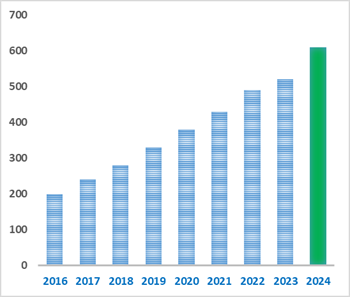
| Cas No. | 1004988-75-3 | SDF | Download SDF |
| PubChem ID | 101838198 | Appearance | Powder |
| Formula | C58H98O26 | M.Wt | 1211.4 |
| Type of Compound | Triterpenoids | Storage | Desiccate at -20°C |
| Solubility | Soluble in Chloroform,Dichloromethane,Ethyl Acetate,DMSO,Acetone,etc. | ||
| Chemical Name | (2R,3S,4S,5R,6S)-2-[[(2R,3R,4R,5S)-3,4-dihydroxy-5-(hydroxymethyl)oxolan-2-yl]oxymethyl]-6-[(2S)-2-[(3S,5R,8R,9R,10R,12R,13R,14R,17S)-3-[(2R,3R,4S,5S,6R)-3-[(2S,3R,4S,5S,6R)-4,5-dihydroxy-6-(hydroxymethyl)-3-[(2S,3R,4S,5R)-3,4,5-trihydroxyoxan-2-yl]oxyoxan-2-yl]oxy-4,5-dihydroxy-6-(hydroxymethyl)oxan-2-yl]oxy-12-hydroxy-4,4,8,10,14-pentamethyl-2,3,5,6,7,9,11,12,13,15,16,17-dodecahydro-1H-cyclopenta[a]phenanthren-17-yl]-6-methylhept-5-en-2-yl]oxyoxane-3,4,5-triol | ||
| SMILES | CC(=CCCC(C)(C1CCC2(C1C(CC3C2(CCC4C3(CCC(C4(C)C)OC5C(C(C(C(O5)CO)O)O)OC6C(C(C(C(O6)CO)O)O)OC7C(C(C(CO7)O)O)O)C)C)O)C)OC8C(C(C(C(O8)COC9C(C(C(O9)CO)O)O)O)O)O)C | ||
| Standard InChIKey | FPMOROOPDIFSMA-HOJZLLFESA-N | ||
| Standard InChI | InChI=1S/C58H98O26/c1-24(2)10-9-14-58(8,84-51-46(74)41(69)40(68)31(80-51)23-76-49-45(73)39(67)30(21-61)77-49)25-11-16-57(7)35(25)26(62)18-33-55(5)15-13-34(54(3,4)32(55)12-17-56(33,57)6)81-52-47(42(70)37(65)28(19-59)78-52)83-53-48(43(71)38(66)29(20-60)79-53)82-50-44(72)36(64)27(63)22-75-50/h10,25-53,59-74H,9,11-23H2,1-8H3/t25-,26+,27+,28+,29+,30-,31+,32-,33+,34-,35-,36-,37+,38+,39-,40+,41-,42-,43-,44+,45+,46+,47+,48+,49+,50-,51-,52-,53-,55-,56+,57+,58-/m0/s1 | ||
| General tips | For obtaining a higher solubility , please warm the tube at 37 ℃ and shake it in the ultrasonic bath for a while.Stock solution can be stored below -20℃ for several months. We recommend that you prepare and use the solution on the same day. However, if the test schedule requires, the stock solutions can be prepared in advance, and the stock solution must be sealed and stored below -20℃. In general, the stock solution can be kept for several months. Before use, we recommend that you leave the vial at room temperature for at least an hour before opening it. |
||
| About Packaging | 1. The packaging of the product may be reversed during transportation, cause the high purity compounds to adhere to the neck or cap of the vial.Take the vail out of its packaging and shake gently until the compounds fall to the bottom of the vial. 2. For liquid products, please centrifuge at 500xg to gather the liquid to the bottom of the vial. 3. Try to avoid loss or contamination during the experiment. |
||
| Shipping Condition | Packaging according to customer requirements(5mg, 10mg, 20mg and more). Ship via FedEx, DHL, UPS, EMS or other couriers with RT, or blue ice upon request. | ||
| Structure Identification | Helvetica Chimica Acta, 2008,91(1):60-66.Two New Dammarane‐Type Bisdesmosides from the Fruit Pedicels of Panax notoginseng.[Reference: WebLink]Two new dammarane-type triterpenoidal saponins, notoginsenoside FP1 (1) and Notoginsenoside FP2 (2), were isolated from the fruit pedicels of Panax notoginseng, along with 22 known compounds.
|

Notoginsenoside FP2 Dilution Calculator

Notoginsenoside FP2 Molarity Calculator
| 1 mg | 5 mg | 10 mg | 20 mg | 25 mg | |
| 1 mM | 0.8255 mL | 4.1275 mL | 8.2549 mL | 16.5098 mL | 20.6373 mL |
| 5 mM | 0.1651 mL | 0.8255 mL | 1.651 mL | 3.302 mL | 4.1275 mL |
| 10 mM | 0.0825 mL | 0.4127 mL | 0.8255 mL | 1.651 mL | 2.0637 mL |
| 50 mM | 0.0165 mL | 0.0825 mL | 0.1651 mL | 0.3302 mL | 0.4127 mL |
| 100 mM | 0.0083 mL | 0.0413 mL | 0.0825 mL | 0.1651 mL | 0.2064 mL |
| * Note: If you are in the process of experiment, it's necessary to make the dilution ratios of the samples. The dilution data above is only for reference. Normally, it's can get a better solubility within lower of Concentrations. | |||||

Calcutta University

University of Minnesota

University of Maryland School of Medicine

University of Illinois at Chicago

The Ohio State University
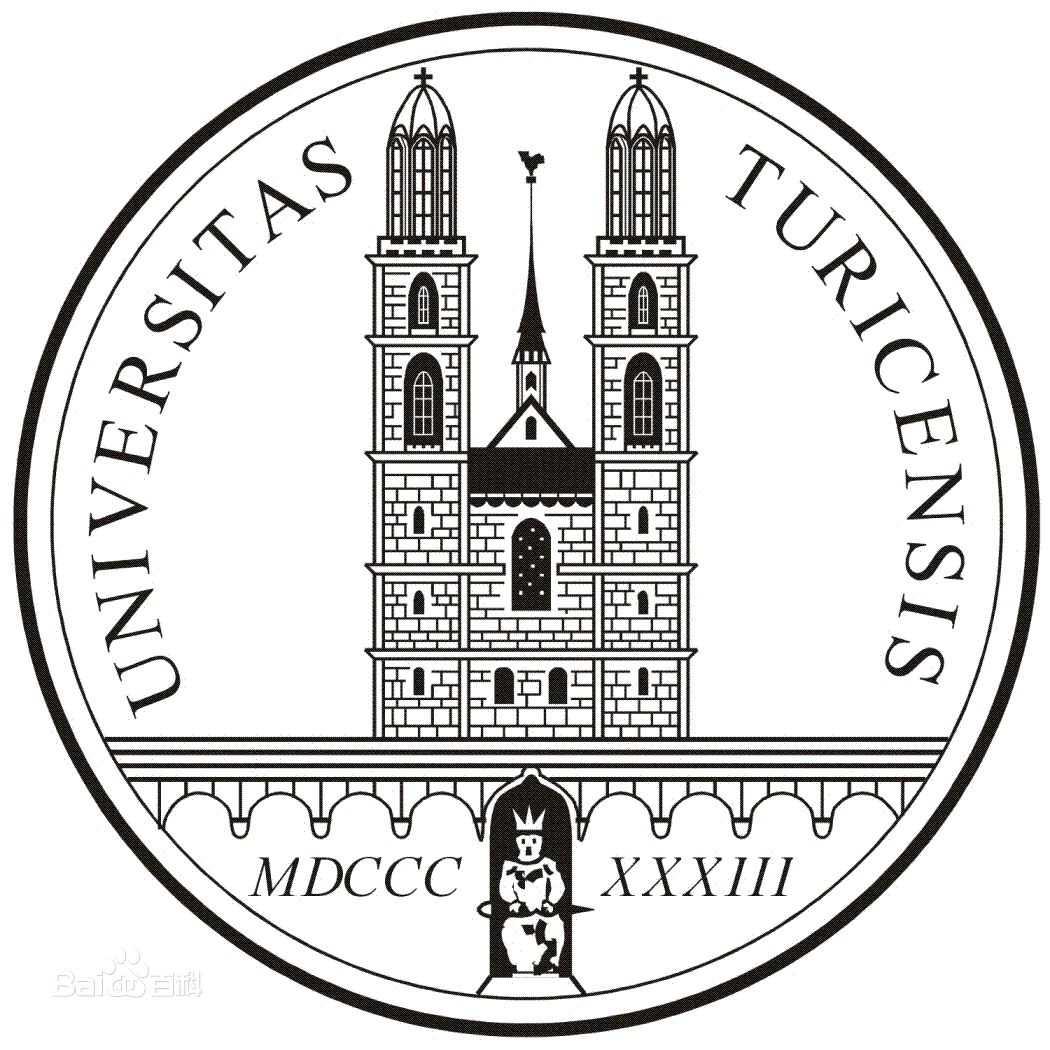
University of Zurich

Harvard University

Colorado State University
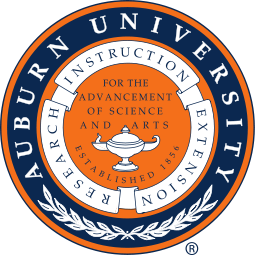
Auburn University

Yale University

Worcester Polytechnic Institute

Washington State University
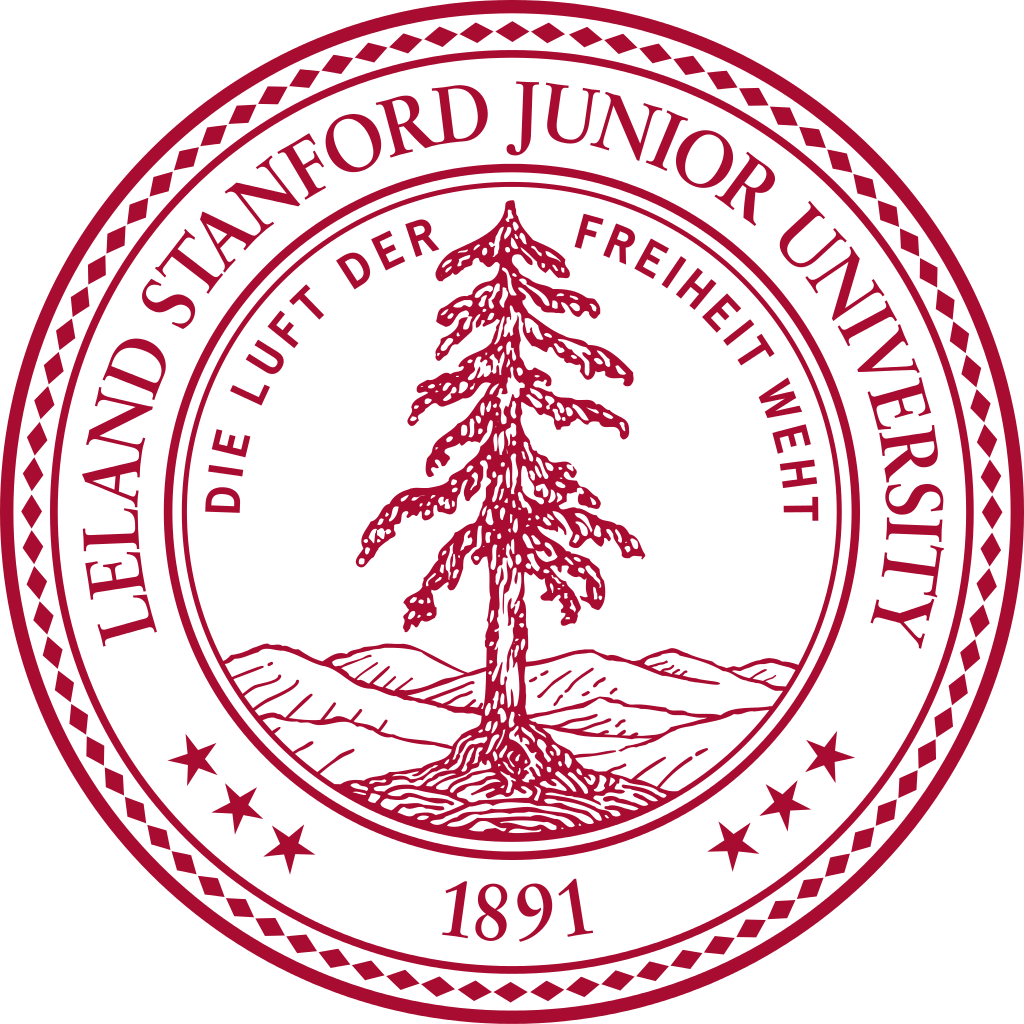
Stanford University

University of Leipzig
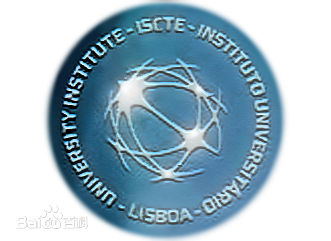
Universidade da Beira Interior
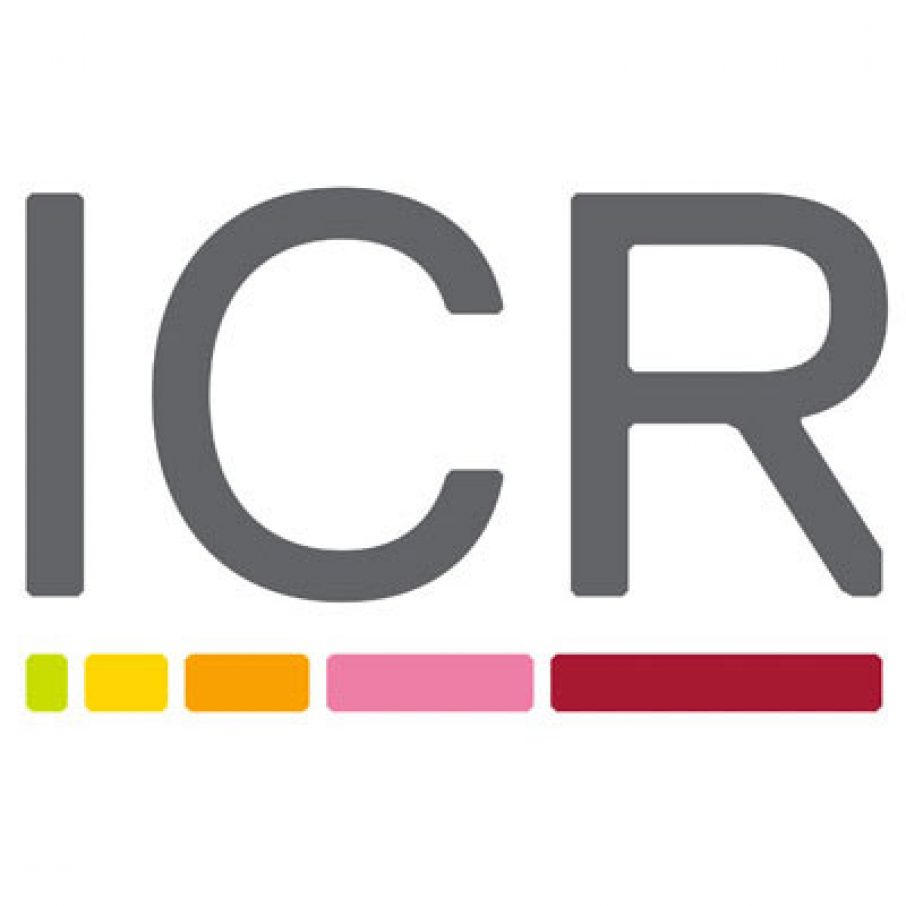
The Institute of Cancer Research

Heidelberg University

University of Amsterdam

University of Auckland

TsingHua University
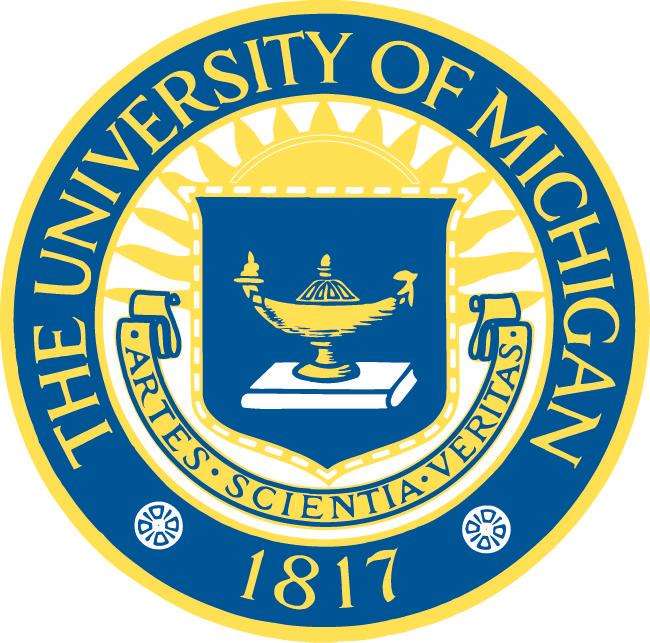
The University of Michigan

Miami University

DRURY University
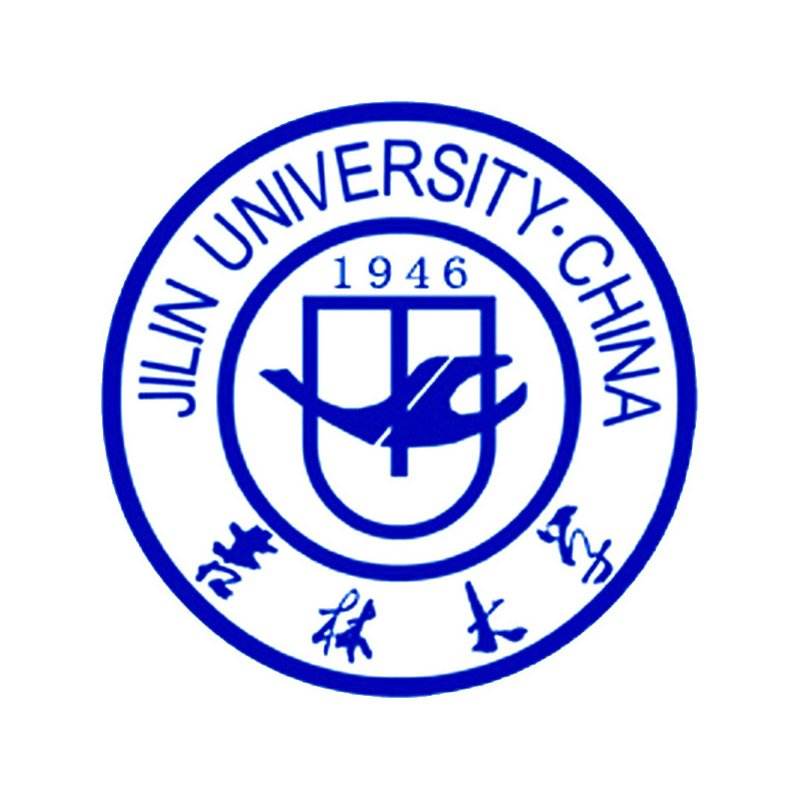
Jilin University

Fudan University
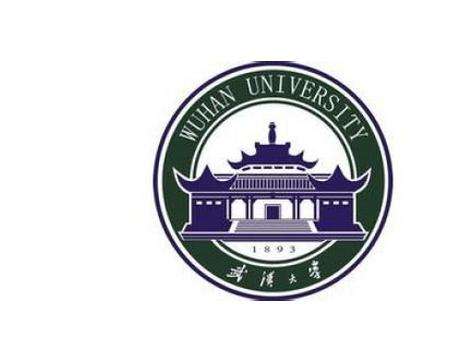
Wuhan University

Sun Yat-sen University

Universite de Paris

Deemed University

Auckland University
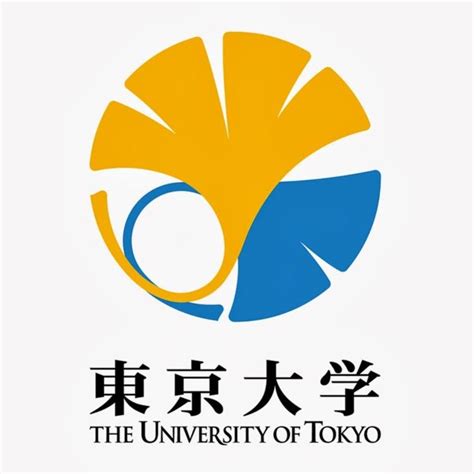
The University of Tokyo

Korea University
- Beta-Hydroxyisovalerylshikonin
Catalog No.:BCN8691
CAS No.:7415-78-3
- Clematichinenoside AR
Catalog No.:BCN8690
CAS No.:761425-93-8
- Conicasterol
Catalog No.:BCN8689
CAS No.:76758-18-4
- Licochalcone E
Catalog No.:BCN8688
CAS No.:864232-34-8
- Licochalcone D
Catalog No.:BCN8687
CAS No.:144506-15-0
- Isopropyl ferulate
Catalog No.:BCN8686
CAS No.:59831-94-6
- Isolindleyin
Catalog No.:BCN8685
CAS No.:87075-18-1
- Glabrol
Catalog No.:BCN8684
CAS No.:59870-65-4
- Protohypericin
Catalog No.:BCN8683
CAS No.:548-03-8
- Huzhangoside B
Catalog No.:BCN8682
CAS No.:94795-70-7
- Cafestol
Catalog No.:BCN8681
CAS No.:469-83-0
- Perisesaccharide C
Catalog No.:BCN8680
CAS No.:1311473-28-5
- Isorhamnetin 3-robinobioside
Catalog No.:BCN8693
CAS No.:53584-69-3
- 3-O-Acetyl-11-hydroxy-beta-boswellic acid
Catalog No.:BCN8694
CAS No.:146019-25-2
- Clitorin
Catalog No.:BCN8695
CAS No.:55804-74-5
- 5,7,2',4'-Tetrahydroxy-8,3'-di(gamma,gamma-dimethylallyl)-isoflavanone
Catalog No.:BCN8696
CAS No.:141846-47-1
- Picropodophyllol
Catalog No.:BCN8697
CAS No.:3811-15-2
- Secologanoside
Catalog No.:BCN8698
CAS No.:59472-23-0
- Trillikamtoside R
Catalog No.:BCN8699
CAS No.:2098642-71-6
- Tangshenoside I
Catalog No.:BCN8700
CAS No.:117278-74-7
- Cinchonine hydrochloride
Catalog No.:BCN8701
CAS No.:5949-11-1
- Bryonamide B
Catalog No.:BCN8702
CAS No.:5942-25-6
- Isololiolide
Catalog No.:BCN8703
CAS No.:38274-00-9
- Xanthoangelol B
Catalog No.:BCN8704
CAS No.:132998-81-3
Two New Dammarane‐Type Bisdesmosides from the Fruit Pedicels of Panax notoginseng.
Helvetica Chimica Acta, 2008,91(1):60-66.
Two new dammarane-type triterpenoidal saponins, notoginsenoside FP1 (1) and Notoginsenoside FP2 (2), were isolated from the fruit pedicels of Panax notoginseng, along with 22 known compounds. Their structures were elucidated on the basis of spectroscopic evidences and chemical methods. The known compounds were identified as ginsenosides Rg1 (3), Re (4), Rb3 (5), Rc (6), Rd (7), Rb2 (8), Rb1 (9), F2 (10), and F1 (11); as notoginsenosides R1 (12), Fa (13), and Fc (14); as vina-ginsenoside R7 (15); as gypenosides IX (16), XVII (17), and XIII (18), and as chikusetsusaponin-L5 (19), quercetin 3-O-β-D-glucopyranosyl-(1→2)-β-D-galactopyranoside (20), kaempferol 3-O-β-D-glucopyranosyl-(1→2)-β-D-galactopyranoside (21), benzyl-β-primeveroside (22), (S)-tryptophan (23), and icariside B6 (24). Compounds 15, 19 and 22–24 are reported for the first time from the title plant.


